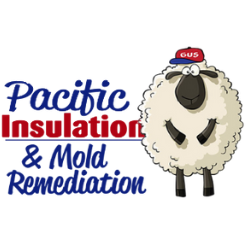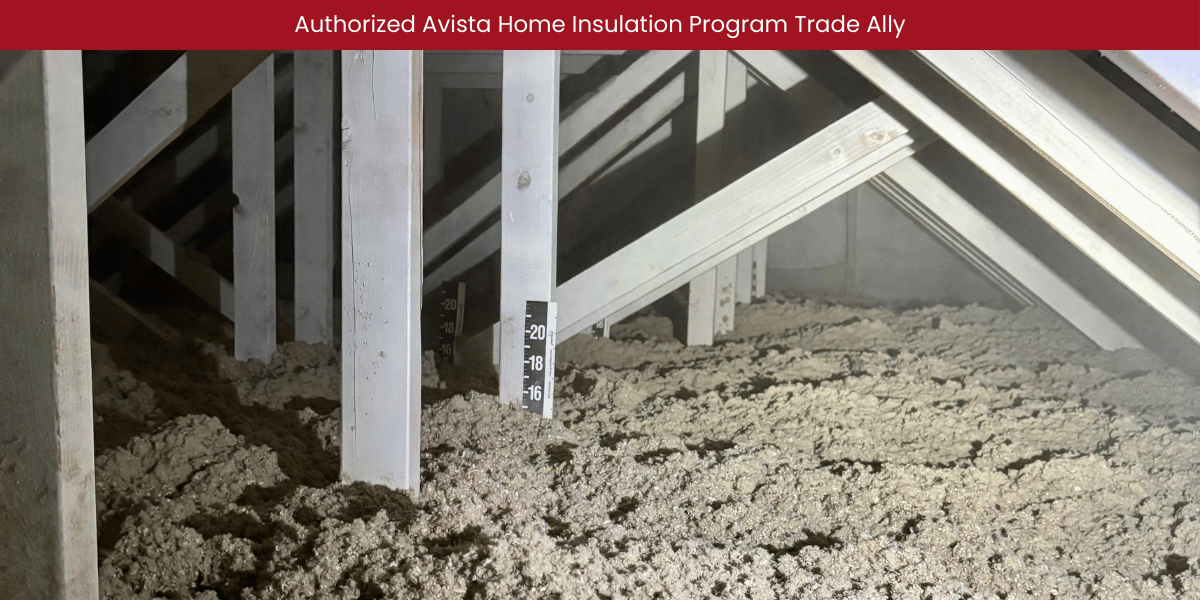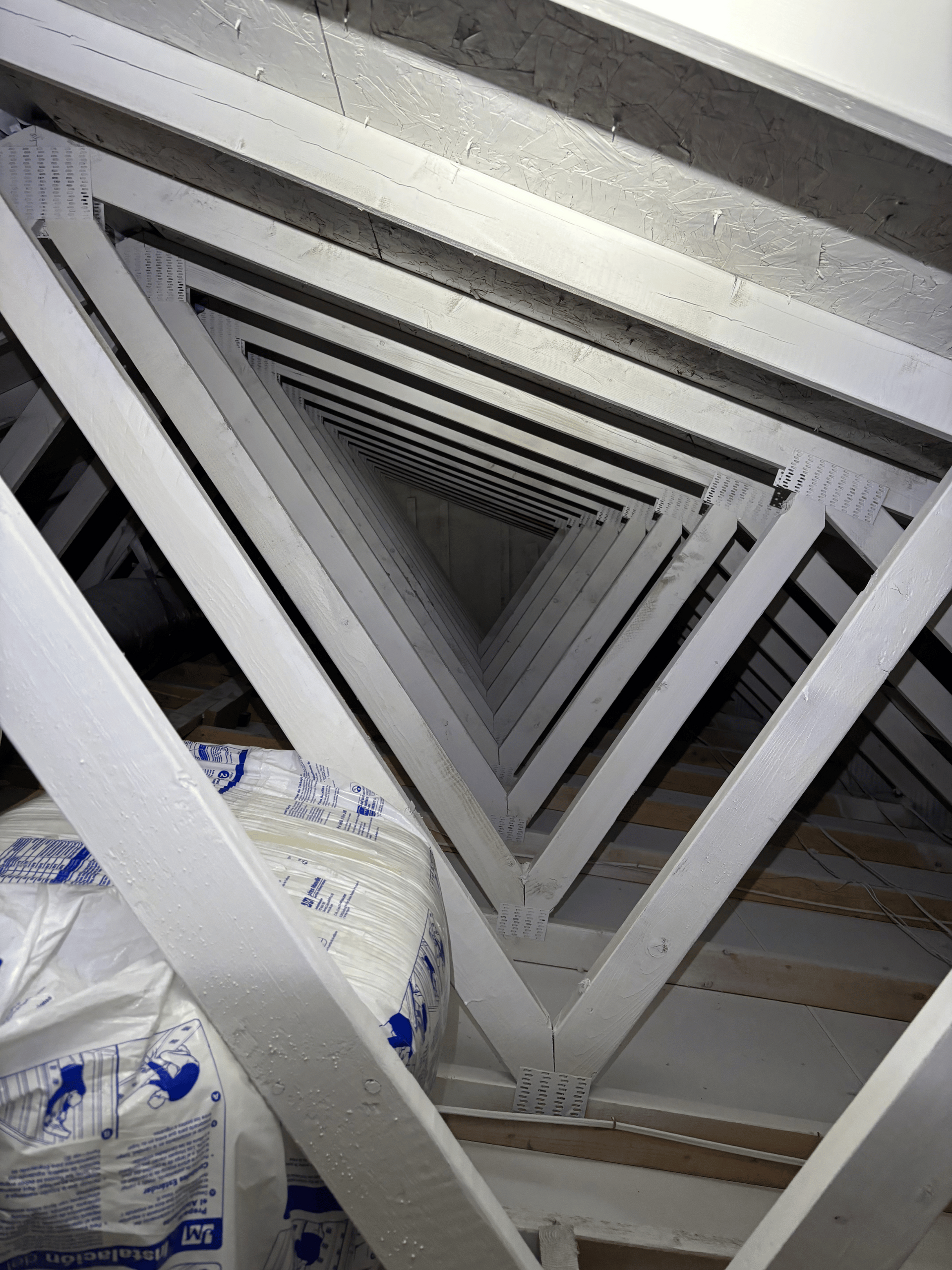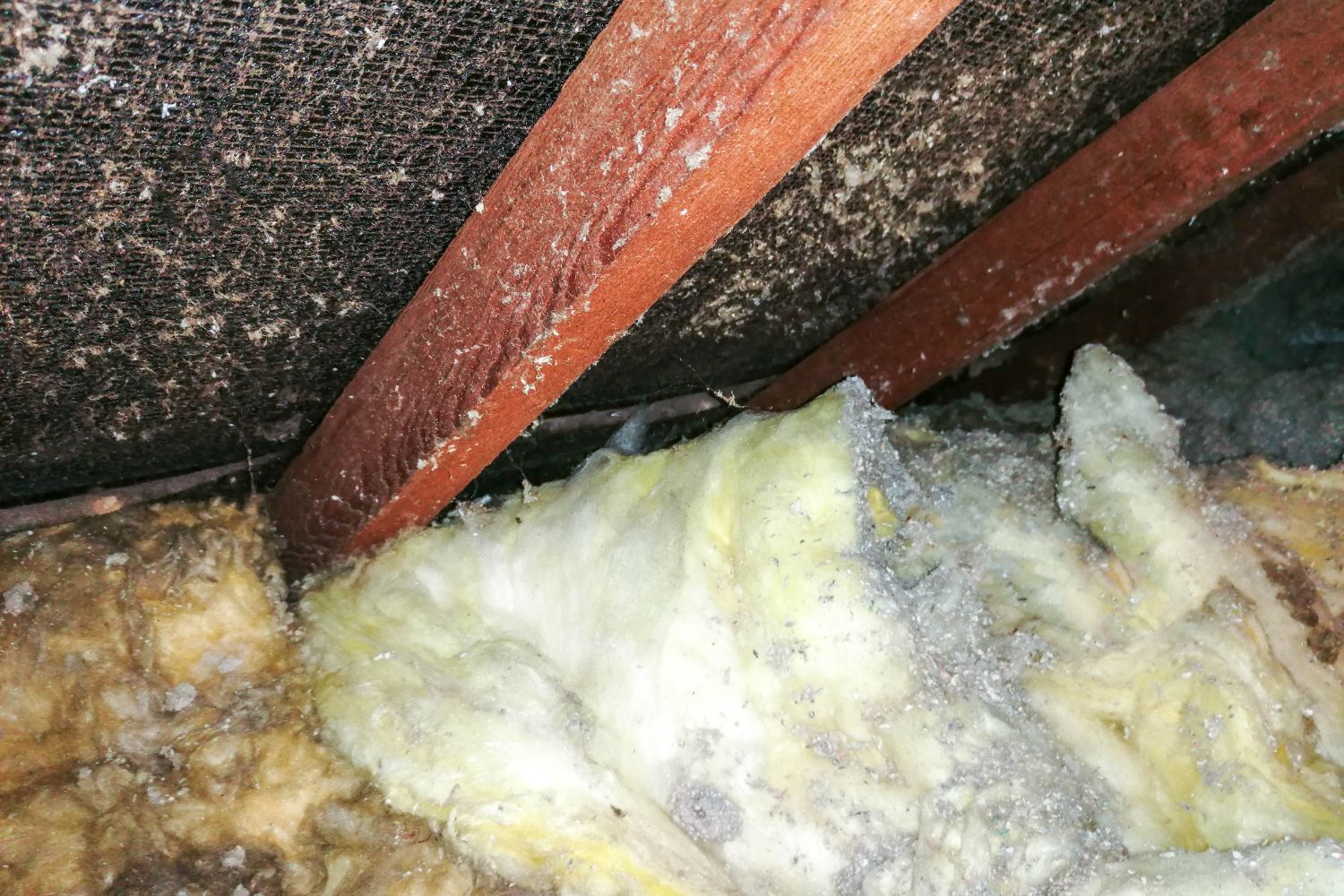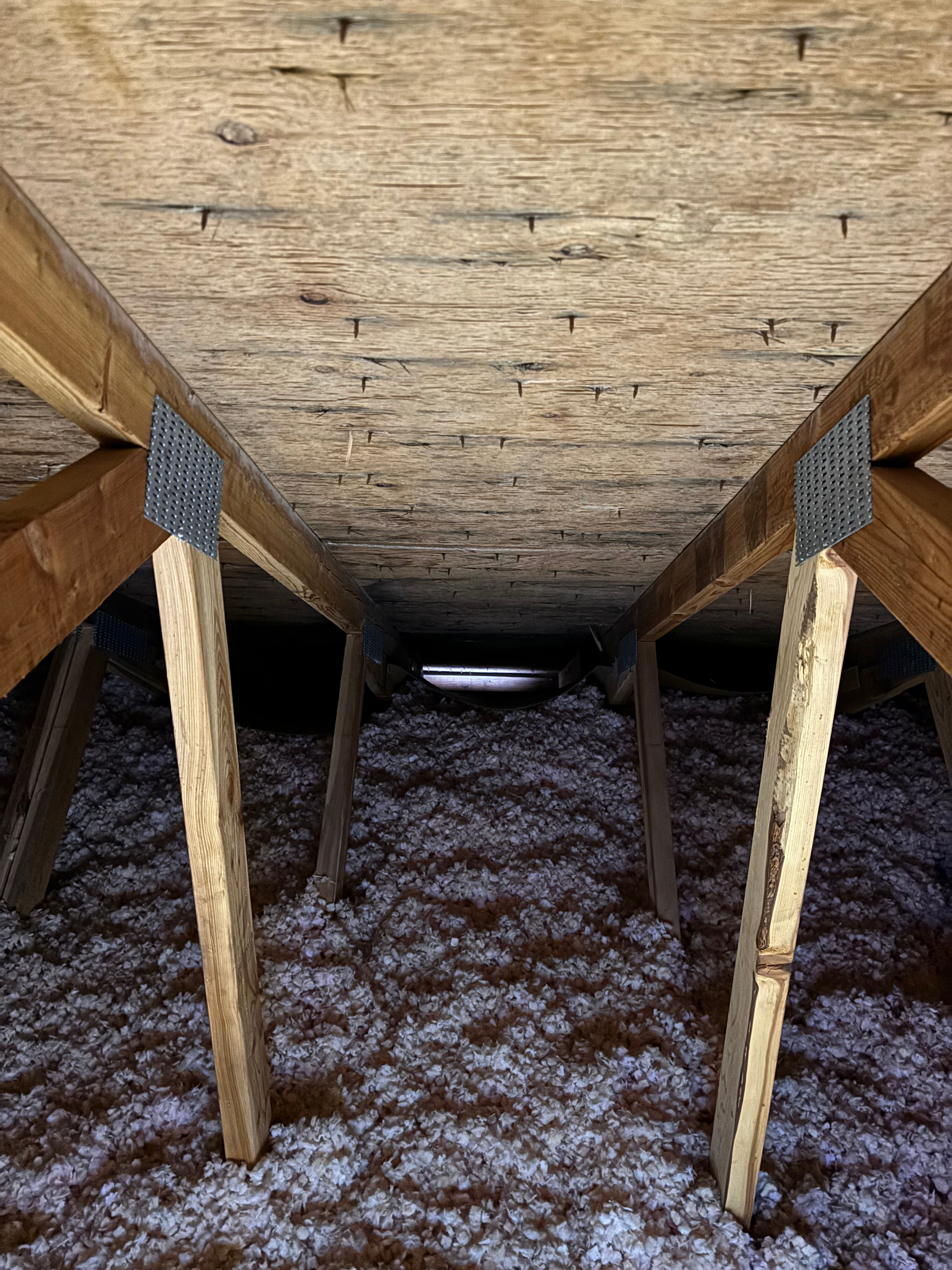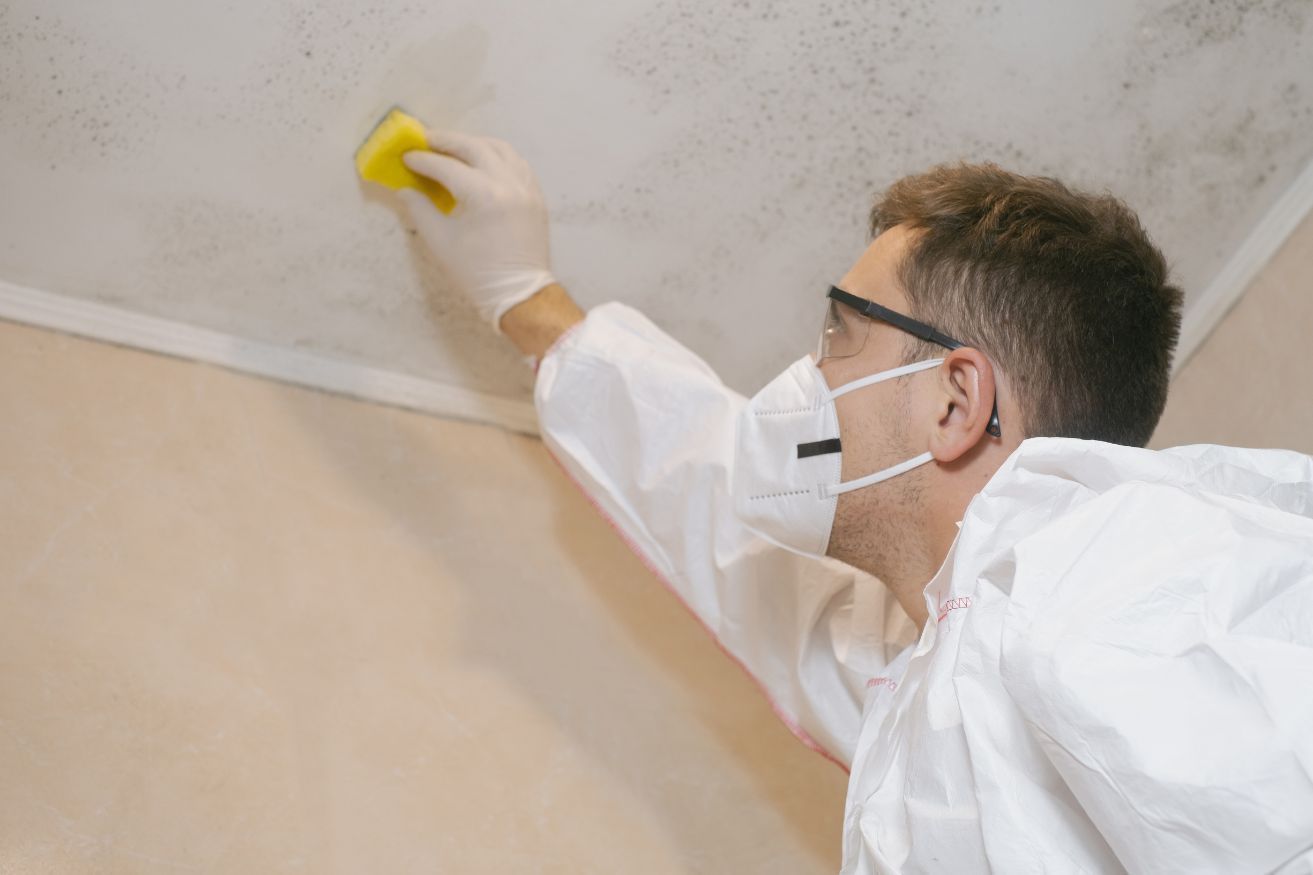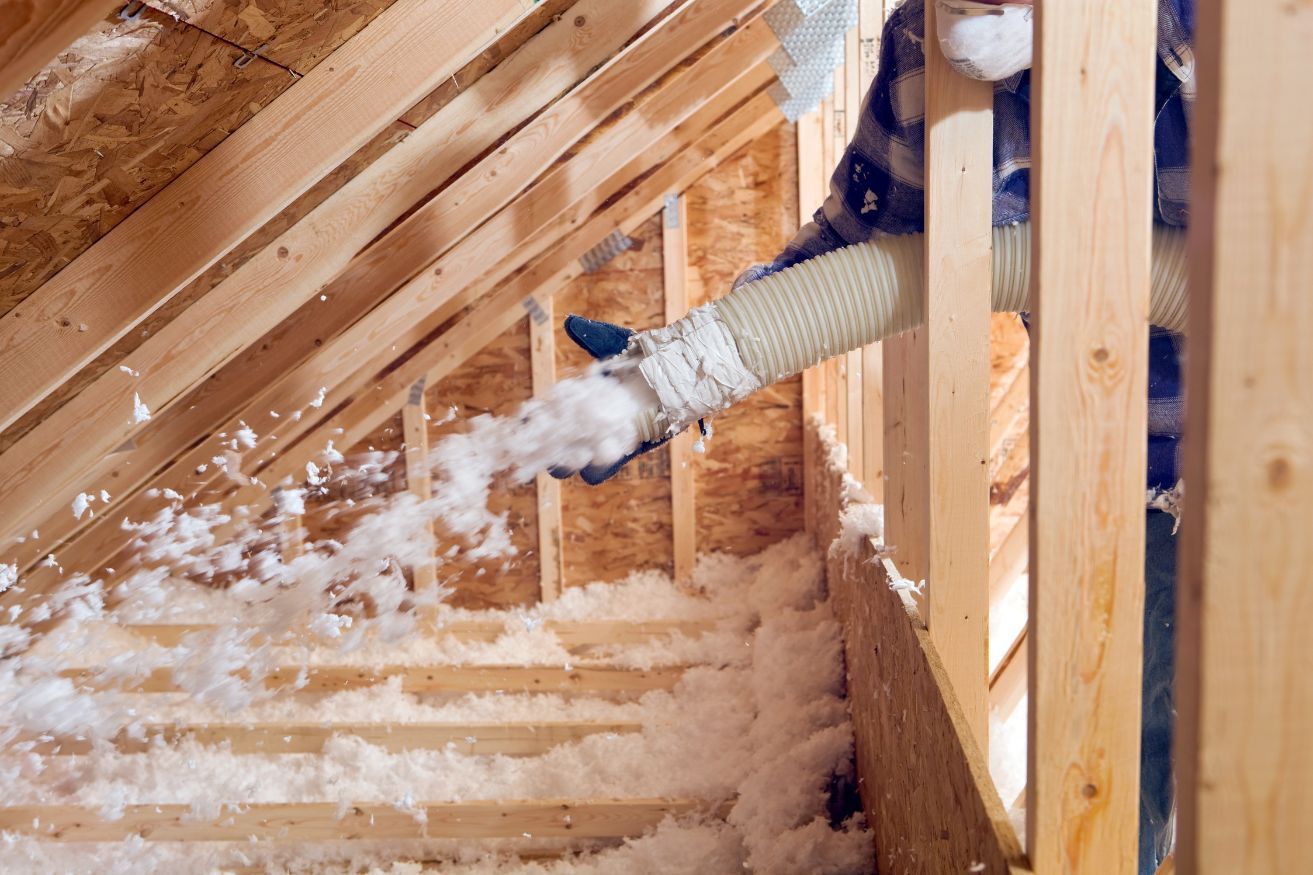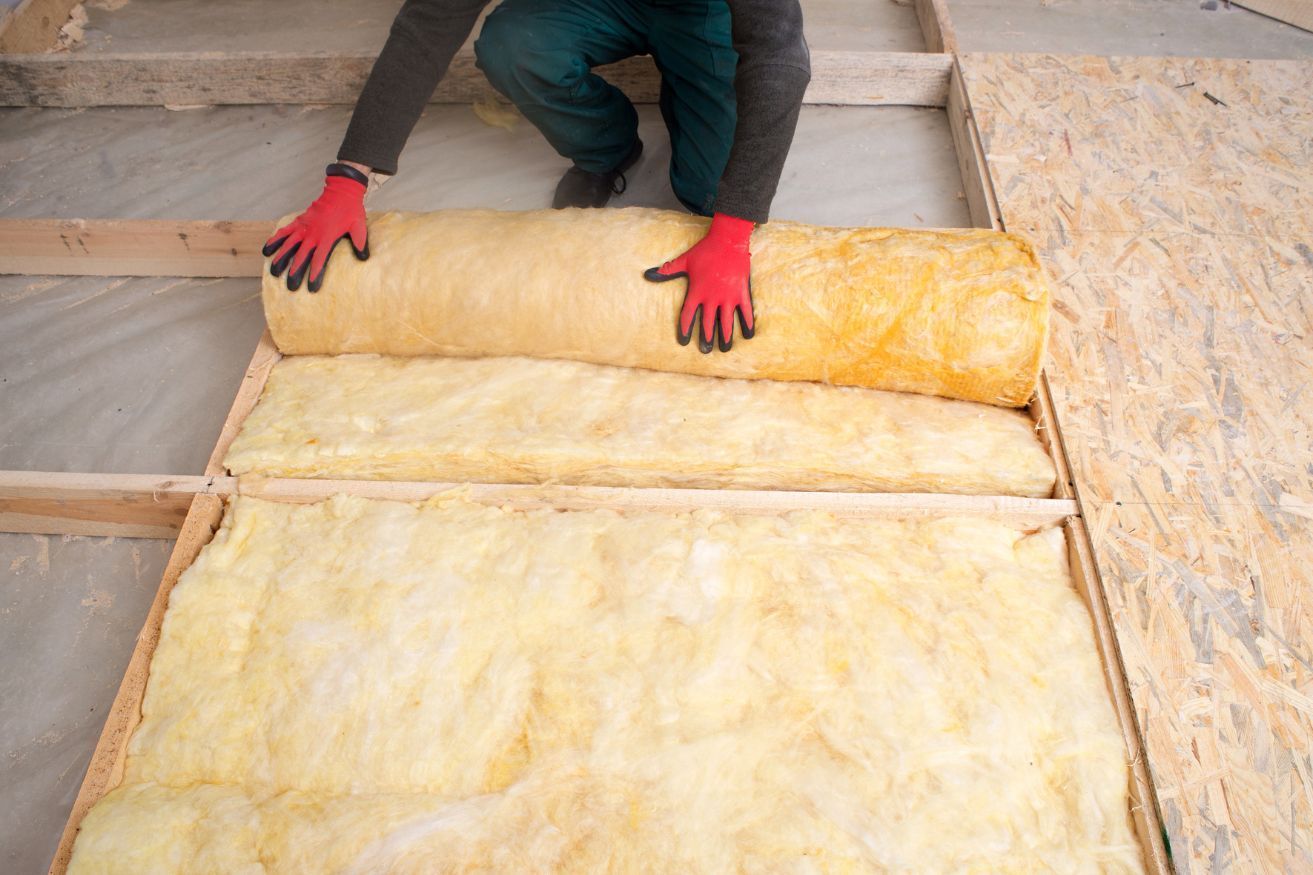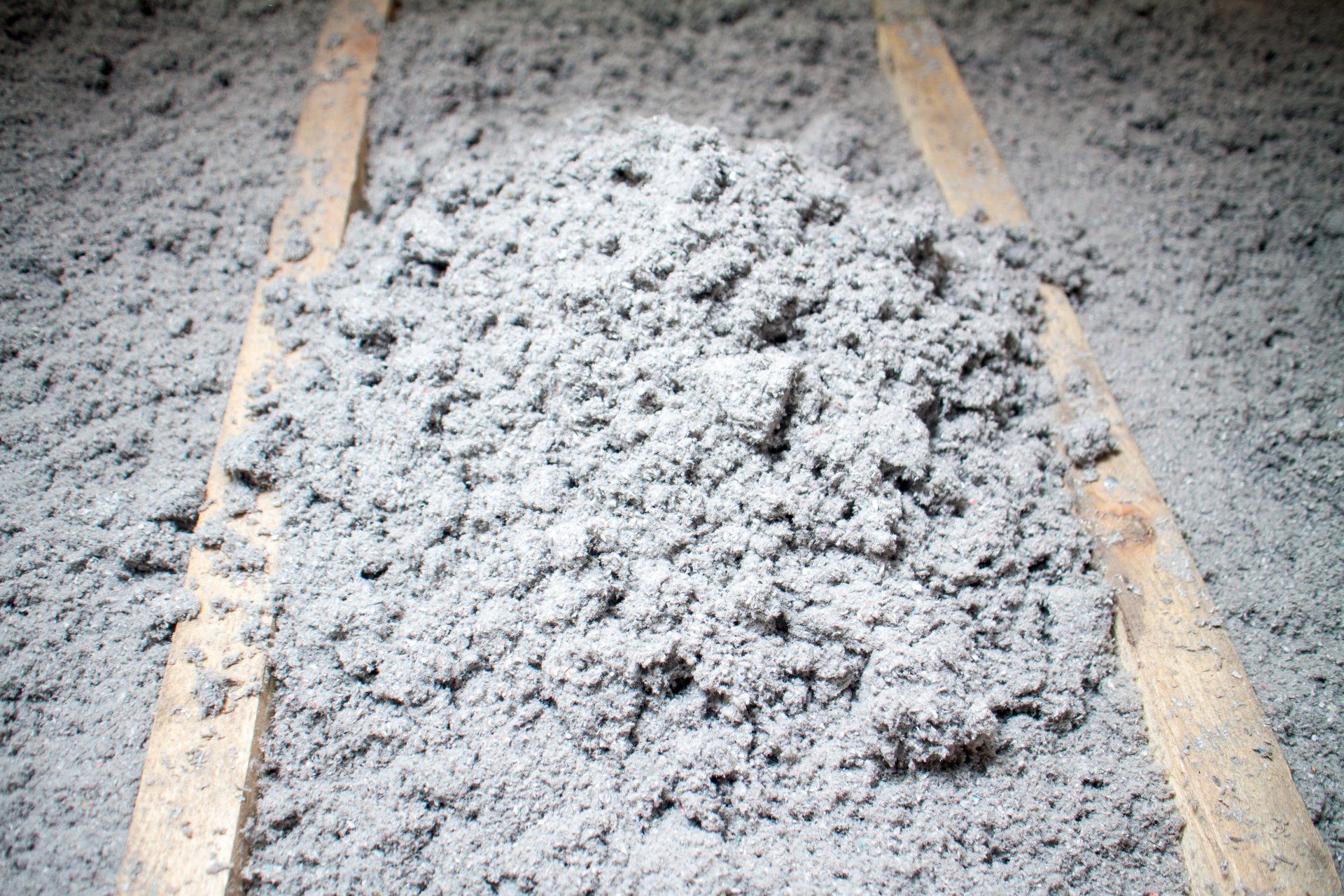Black Mold in Attic
This is a subtitle for your new post
If you've discovered mold in the attic, you're not alone. Attics are one of the most common places in a home where mold thrives due to poor ventilation, roof leaks, and trapped moisture. One of the most feared (and misunderstood) types is black mold in attic spaces — but not all black-looking mold is toxic. So, is it dangerous? How much will removal cost? And what are your options? This blog answers the top questions about mold in the attic, from identification to full mold remediation in attic.
Is Mold in Attic Dangerous?
Mold is a type of fungus that spreads through airborne spores. While some types are harmless black mold in attic environments, others — like Stachybotrys chartarum, the infamous "toxic black mold" — may release mycotoxins and cause respiratory symptoms, especially in vulnerable individuals. Whether it's black or white mold in attic insulation, prolonged exposure to any mold should be avoided.
What Does Mold in Attic Look Like?
What does mold in attic look like? It varies. You might see dark streaks, fuzzy white patches, or blotchy gray areas. Common mold in attic settings includes Aspergillus, Cladosporium, and Penicillium — each with different color profiles. Whether it's white mold in attic or a more sinister-looking black stain, the key is to identify moisture problems and take action.
Signs of Mold in the Attic
Keep an eye out for:
- Musty odors
- Discoloration on rafters or sheathing
- Peeling insulation
- Rusted nails or roofing materials
- Increased allergy symptoms indoors
These are often early signs of mold in attic spaces. Catching the problem early can drastically lower your mold in attic removal cost.
How Does Mold Get There?
Most attic mold is caused by:
- Improperly vented bathroom or dryer exhausts
- Roof leaks
- Ice damming
- Poor ventilation
- Inadequate insulation (especially if you see mold in attic insulation)
How to Get Rid of Mold in Attic
Wondering how to get rid of mold in attic corners and rafters? It starts with fixing the moisture source. Then, consider these steps:
- Isolate the area to prevent spore spread
- HEPA vacuum loose spores
- Apply an EPA-registered mold killer like VitalOxide or Concrobium
- Use professional drying equipment
- Consider replacing affected materials like insulation
If you're asking, how to clean mold in attic safely — especially black or white mold — the answer is: very carefully, or better yet, hire professionals.
DIY or Pro? How to Remediate Mold in Attic
If you’re handy and the problem is small, you can attempt basic treatment. However, how to remediate mold in attic properly means following protocols for containment, removal, and prevention. Professionals use commercial-grade antimicrobial products, air scrubbers, and proper PPE.
Mold Remediation in Attic Cost
So, how much to remediate mold in attic issues professionally?
- Minor cases (under 10 sq. ft.): $500 – $1,000
- Moderate cases (10–100 sq. ft.): $1,500 – $4,000
- Severe infestations: $5,000 – $10,000+
Mold in attic remediation prices vary based on size, location, and whether you also need insulation replacement or vapor barriers. The mold remediation in attic cost may also include white mold in attic removal cost, which is similar.
How to Eliminate Mold in Attic for Good
If you're trying to eliminate mold in attic areas permanently, here’s what to do:
- Air seal and insulate the attic correctly
- Install baffles and increase ventilation
- Use a vapor barrier
- Vent bathroom fans and dryers outside
- Replace moldy insulation with mold-resistant blown-in cellulose
Kill Mold in Attic Before It Costs You Big
Mold left untreated can rot wood, degrade insulation, and reduce home value. Knowing how to treat mold in attic spaces is crucial — and fast action can minimize mold in attic removal expenses.
If you’re wondering how to eliminate mold in attic spaces once and for all, or asking is mold in attic dangerous, the answer is this: don’t wait and don’t ignore it. Whether it’s white mold, black mold in attic, or simply a suspicious musty smell, call in experts to protect your home and your health.
Need professional mold remediation in Spokane or Coeur d'Alene? Pacific Insulation & Mold Remediation has been trusted since 2012 for expert removal, attic air sealing, and insulation replacement. We get rid of mold in the attic the right way — for good.
📞 Call today for a free quote: (509) 879-0495
📍 Serving Spokane, Coeur d'Alene, and surrounding areas
🌐 insulationspokane.com
#moldinattic #atticmoldremoval #blackmoldinattic #moldremediation #atticinsulation #spokanemoldremoval #coeurdalenecontractor #moldinatticremediation #howtogetridofmold #killmoldinattic #moldinyourattic
